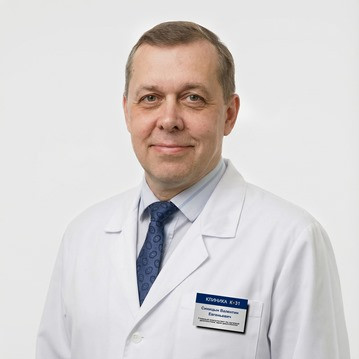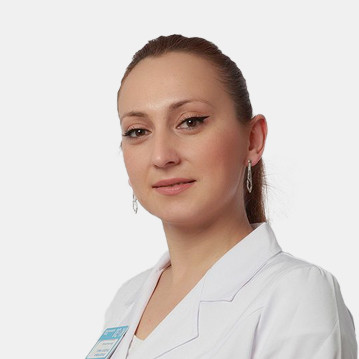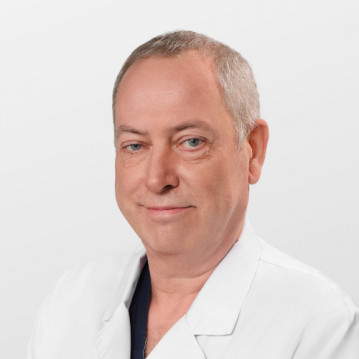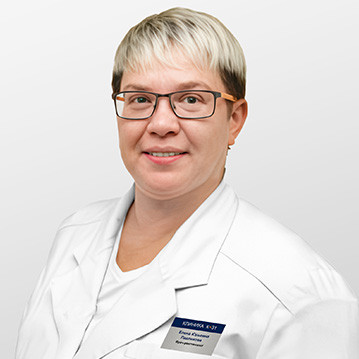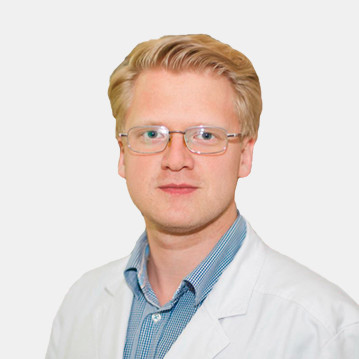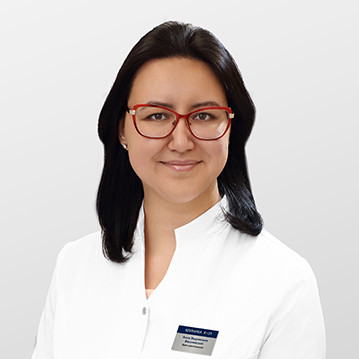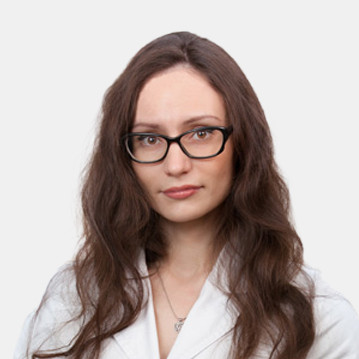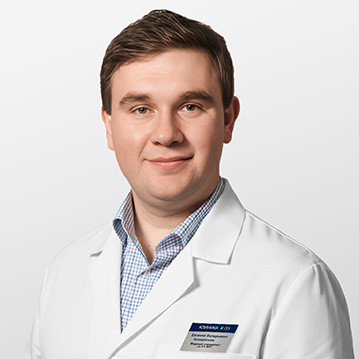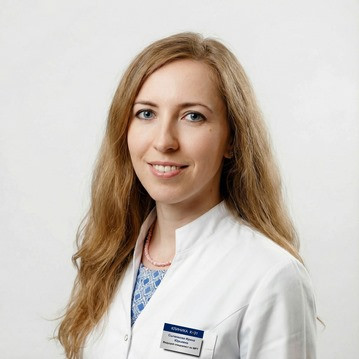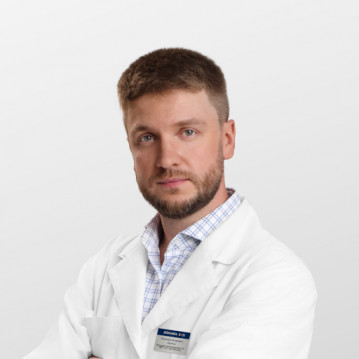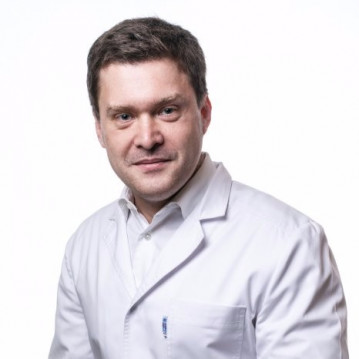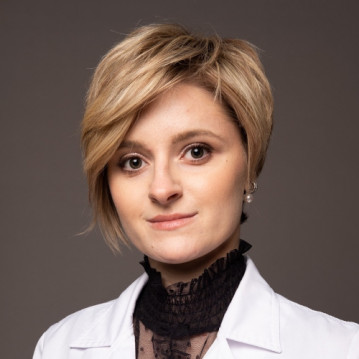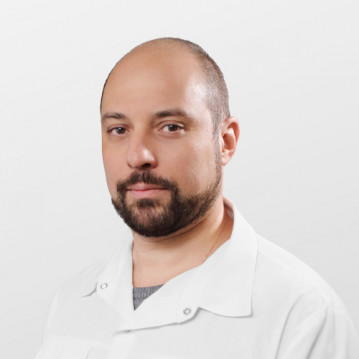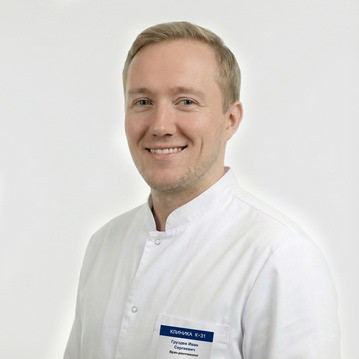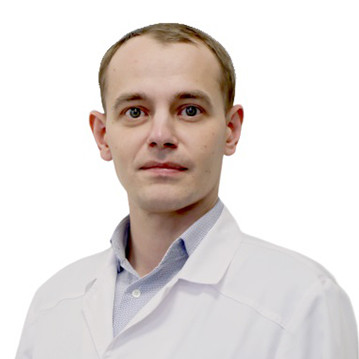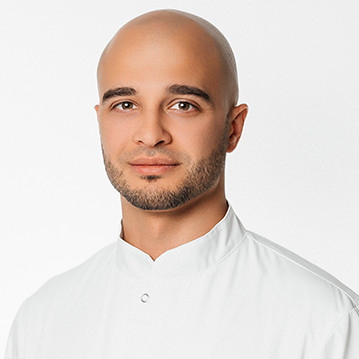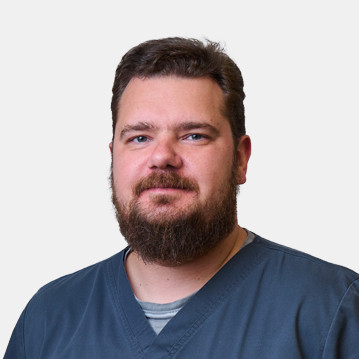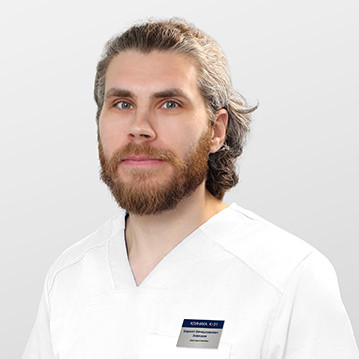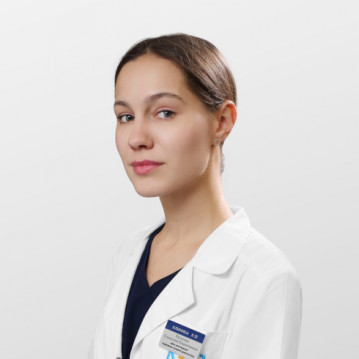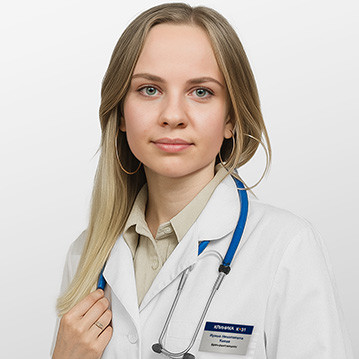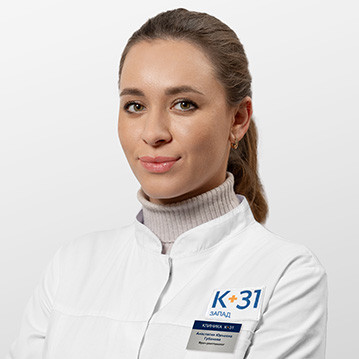Computed tomography is a high-precision diagnostic method based on the penetrating properties of X-rays. CT of the abdominal cavity and retroperitoneal space allows you to visualize all the anatomical structures located in the abdomen and detect pathological changes in them.
The principle of operation of the tomograph
Unlike a standard X-ray, which creates single images in certain projections, a CT scanner allows you to get a series of images for more detailed diagnosis. During the procedure, the X-ray tube of the CT machine rotates around the patient at an angle of 360°, scanning the target area from different angles.
The sensors located in the working unit convert the radiation energy into electrical impulses, which are processed by the program and visualized in the form of black and white images on the monitor screen. Computed tomography of the abdominal cavity is capable of capturing differences in the density of the object under study with high accuracy, giving a clear idea of its relief and structure. As a result, the diagnostician is able to detect changes that are not visible on standard radiography.
What does a CT scanner examine?
Computed tomography is used to study all the organs located in the abdominal cavity. The device allows you to visualize:
- Liver.
- Pancreas.
- Spleen.
- Gallbladder with ducts.
- Stomach and lower esophagus.
- The thick and thin intestines.
The organs of the retroperitoneal space include the kidneys, adrenal glands, ureters, lymph nodes, aorta, inferior vena cava, duodenum (partially). CT of the retroperitoneal cavity also gives an idea of the state of the bone and cartilage tissue of the large and small pelvis, lumbar and lower thoracic spine.
What diseases and disorders will show CT
CT scan of the abdominal cavity allows you to assess the location and size of internal organs, to study the structure of soft tissues, to identify pathological processes, congenital and acquired anomalies.
What will computer diagnostics show:
- Cancer tumors and metastases.
- Benign formations - polyps, adenomas, fibromas.
- Infectious-inflammatory and purulent processes.
- Vascular disorders.
- Internal bleeding.
- Stones in the kidneys, gallbladder and bladder.
- Changes in the position of organs and structures.
- The presence of foreign objects.
- Stenosis of the urinary and biliary tract.
- Accumulation of fluid in the peritoneum.
According to the results of CT, the doctor can confirm or refute the suspicions of a number of diseases. During the scan, it is possible to diagnose oncology, liver cirrhosis, hepatitis, cholelithiasis and urolithiasis, nerve infringement, vertebral hernia, hydronephrosis.
Computed tomography with contrast
Many patients are interested in what is contrast-enhanced abdominal CT. This is a type of tomography that is performed using an iodine-based contrast agent. The drug is administered intravenously before the start of the diagnosis, gradually spreads through the circulatory system and accumulates in the tissues. As a result, the images visualize those areas that cannot be studied during a standard scan.
Contrast enhancement is often used to study vessels. The technique is also informative in relation to pathological foci with active blood supply. It can be used to detect neoplasms, metastatic tumors, pathological narrowing of veins and arteries, signs of atherosclerosis, thrombosis, etc.
The decision to conduct computed tomography of the abdominal cavity with contrast is made during the initial diagnosis. In the referral, the doctor prescribes the requirements for the protocol, depending on the suspected pathology. The contrast agent is excreted from the body within 1-2 days naturally (through the kidneys).
Indications for diagnosis
CT of the abdominal cavity, as a rule, is prescribed to clarify the diagnosis after preliminary examinations - ultrasound, radiography. But in emergency situations and in emergency conditions, the procedure is used as a method of primary diagnosis. Indications for examination on a tomograph:
- Blunt abdominal trauma.
- Suspicion of internal bleeding and fluid accumulation.
- Retention and pain in urination.
- Suspicions of inflammatory processes, tumors, metastases.
- Acute and chronic abdominal pain.
- Vomiting, nausea and other digestive disorders.
- Signs of hepatitis, hydronephrosis, cirrhosis, vascular disorders.
- Sudden weight loss of unknown origin.
The results of tomography may be required before performing surgical interventions on the abdominal cavity, as well as after operations to evaluate the result. The study is also carried out to dynamically monitor the patient's condition against the background of the prescribed treatment.
